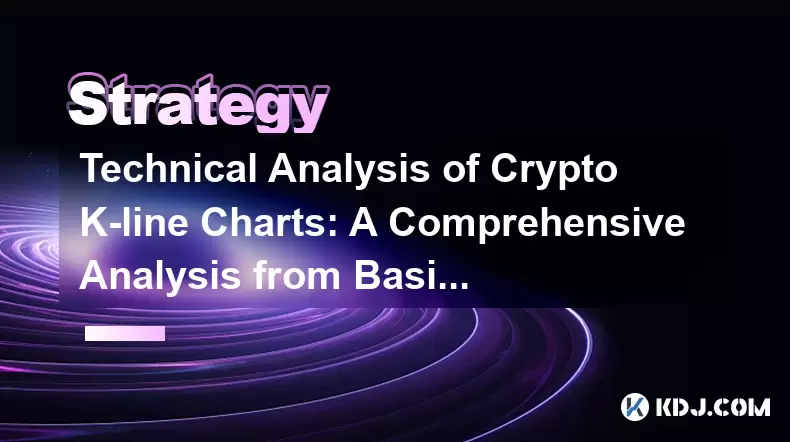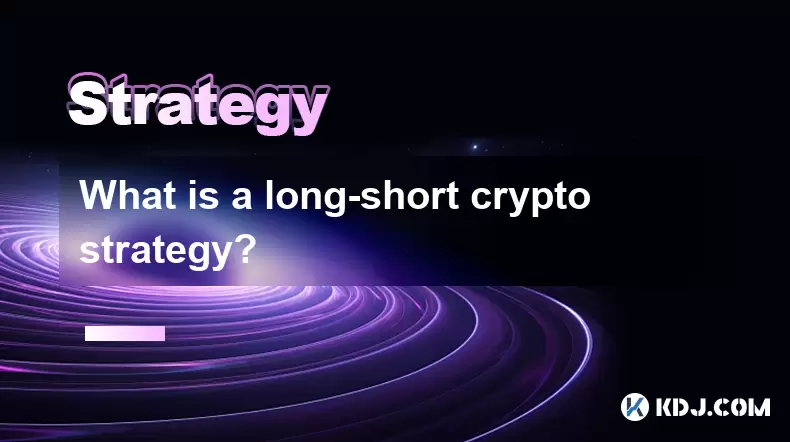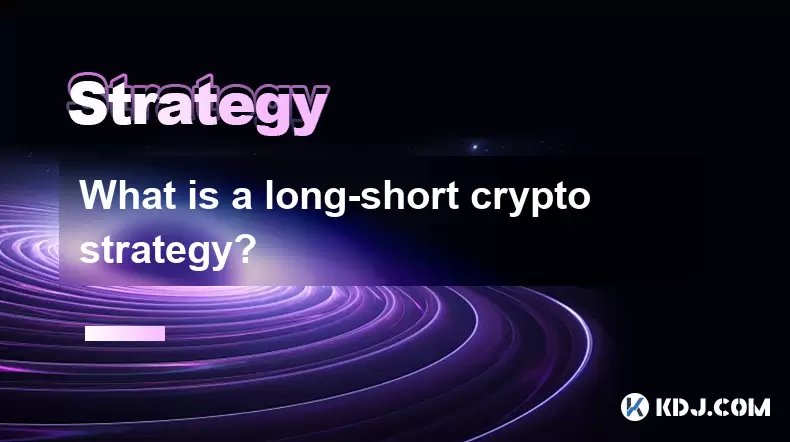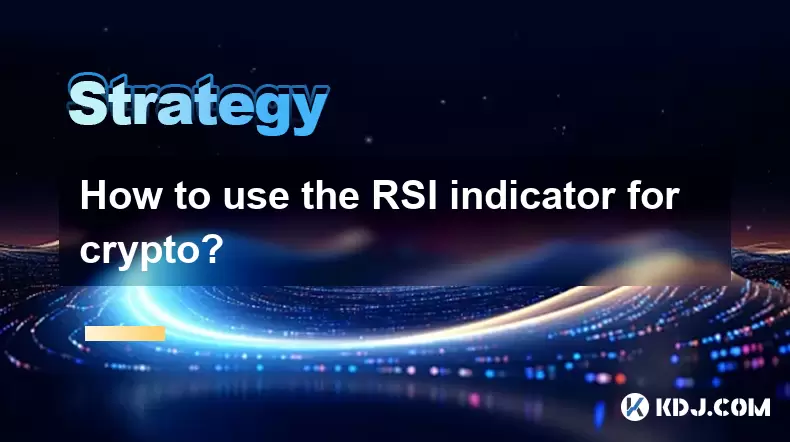-
 Bitcoin
Bitcoin $117600
0.36% -
 Ethereum
Ethereum $3746
1.65% -
 XRP
XRP $3.139
0.18% -
 Tether USDt
Tether USDt $1.000
-0.06% -
 BNB
BNB $782.4
1.75% -
 Solana
Solana $186.1
1.97% -
 USDC
USDC $0.9999
-0.03% -
 Dogecoin
Dogecoin $0.2367
2.84% -
 TRON
TRON $0.3175
0.98% -
 Cardano
Cardano $0.8216
1.56% -
 Hyperliquid
Hyperliquid $44.21
4.61% -
 Sui
Sui $3.966
7.52% -
 Stellar
Stellar $0.4353
2.79% -
 Chainlink
Chainlink $18.38
3.81% -
 Hedera
Hedera $0.2646
10.37% -
 Bitcoin Cash
Bitcoin Cash $557.3
6.11% -
 Avalanche
Avalanche $24.09
2.15% -
 Litecoin
Litecoin $113.4
2.02% -
 UNUS SED LEO
UNUS SED LEO $8.990
0.05% -
 Shiba Inu
Shiba Inu $0.00001403
3.81% -
 Toncoin
Toncoin $3.212
3.22% -
 Ethena USDe
Ethena USDe $1.001
-0.03% -
 Uniswap
Uniswap $10.52
4.94% -
 Polkadot
Polkadot $4.112
2.86% -
 Monero
Monero $324.6
-2.58% -
 Dai
Dai $0.0000
-0.03% -
 Bitget Token
Bitget Token $4.570
0.40% -
 Pepe
Pepe $0.00001261
4.01% -
 Aave
Aave $297.4
3.33% -
 Cronos
Cronos $0.1322
3.24%
Analyse technique des graphiques K-Line Crypto: une analyse complète de la base à la base avancée
Les graphiques K-line sont essentiels pour le trading cryptographique, révélant l'action des prix à travers des modèles comme les marteaux, les dojis et les bougies engloutissant, mieux utilisés avec des indicateurs comme RSI et le volume pour la confirmation.
Jun 11, 2025 at 02:50 am

Comprendre les bases des graphiques K-Line
Les graphiques K-line , également appelés graphiques de chandeliers , sont des outils essentiels dans l'analyse technique des marchés des crypto-monnaies. Chaque chandelier représente une période de temps spécifique et fournit quatre points de données clés: les prix ouverts, élevés, bas et fermés . Ces éléments permettent aux commerçants d'interpréter le sentiment du marché et les mouvements potentiels des prix.
Le corps du chandelier montre la gamme entre l'ouverture et la fermeture. Si la fermeture est plus élevée que l'ouverture, le corps est généralement vert ou creux; S'il est plus bas, le corps semble rouge ou rempli. Les lignes au-dessus et en dessous du corps, appelées mèches ou ombres , indiquent les prix les plus élevés et les plus bas atteints pendant cette période.
Point clé: Comprendre comment lire ces modèles aide à identifier les signaux d'inversion, les tendances de continuation et l'indécision du marché .
Modèles communs de chandelles dans le trading cryptographique
Certains modèles de chandeliers apparaissent fréquemment dans le trading cryptographique et peuvent fournir des informations précieuses sur le comportement du marché. L'un de ces motifs est le marteau , qui indique généralement une inversion potentielle d'une tendance à la baisse. Il a un petit corps en haut avec une longue mèche inférieure.
Une autre formation largement reconnue est le schéma engloutissant , où une grande bougie haussée ou baissière engloutit complètement la bougie précédente. Cela signale souvent un élan fort en direction de la bougie engloutissante.
Le doji est un autre modèle crucial, reflétant l'indécision du marché. Il se forme lorsque les prix ouverts et fermés sont presque égaux, créant une forme croisée. Lorsque cela se produit après une tendance significative, cela peut suggérer une inversion imminente.
- Hammer : signal d'inversion haussier après une tendance à la baisse
- Star de tir : indicateur d'inversion baissière après une tendance à la hausse
- Doji : incertitude du marché, inversion potentielle
Comment combiner les k lignes avec des indicateurs techniques
S'appuyer uniquement sur les modèles K-Line peut être trompeur sans confirmer les signaux des autres indicateurs techniques . Les commerçants combinent souvent l'analyse des chandeliers avec des outils tels que les moyennes mobiles (MA), l'indice de force relative (RSI) et les bandes de Bollinger pour augmenter la précision.
Par exemple, un schéma engloutissant haussier apparaissant à proximité d'un niveau de soutien clé tandis que le RSI est en territoire survente (<30) renforce la probabilité d'un commerce réussi. De même, une étoile de tir formant à la résistance avec RSI au-dessus de 70 suggère une configuration baissière plus forte.
Conseil important: Attendez toujours la confirmation avant d'entrer dans un commerce basé uniquement sur les signaux K-Line.
- RSI : Confirmer les conditions exagérées / survendues aux côtés des modèles de chandeliers
- Moyennes mobiles : utilisez-les comme zones de support / résistance dynamiques
- Volume : un volume élevé pendant la formation de motifs augmente la fiabilité
Techniques de lecture avancées du graphique en K-line
Les traders expérimentés utilisent des techniques plus avancées telles que les zones d'action des prix, l'analyse de la transfert de temps et les zones de confluence pour améliorer leur processus décisionnel. Ces méthodes consistent à analyser les lignes K sur différents délais, comme des graphiques d'une heure, 4 heures et quotidiens - pour trouver l'alignement dans une direction tendance.
Une zone de confluence se produit lorsque plusieurs facteurs techniques s'alignent, comme un niveau clé de Fibonacci coïncidant avec un modèle d'inversion des chandeliers majeure. Cela augmente la probabilité d'un commerce réussi.
Les commerçants prêtent également attention au rejet de mèche , où les longues mèches supérieures ou inférieures indiquent le rejet de certains niveaux de prix. Par exemple, les refus répétés à un niveau de résistance avec des bougies baissières suggèrent une éventuelle panne.
- Analyse multi-temps : recherchez l'alignement sur différents intervalles de graphique
- Zones de confluence : Mélanger les modèles de chandeliers avec Fibonacci ou les moyennes mobiles
- Rejet de mèche : une forte indication de la force de soutien / résistance
Étapes pratiques pour analyser efficacement les graphiques K-line
Pour commencer à analyser efficacement les graphiques K-Line , suivez ces étapes pratiques:
- Sélectionnez une plate-forme de cartographie fiable : Utilisez des plates-formes comme TradingView ou Binance's Native Tools
- Identifier le support clé et les niveaux de résistance : tracer les lignes horizontales où le prix a historiquement réagi
- Modèles de chandelles spot : recherchez des formations reconnaissables dans les zones de prix critiques
- Appliquer des indicateurs techniques : superposition RSI, MA et indicateurs de volume pour la confirmation
- Attendez les bougies de confirmation : assurez-vous que le modèle se termine et est soutenu par le volume
Il est également important de backtester les stratégies en utilisant des données historiques pour comprendre comment elles fonctionnent dans diverses conditions de marché. De nombreux commerçants tiennent un journal commercial pour enregistrer leurs observations et affiner leur approche au fil du temps.
Note: La discipline et la cohérence sont vitales lors de l'interprétation des graphiques en K. Évitez les décisions impulsives basées sur des signaux de chandeliers isolés.
Questions fréquemment posées
Q1: Les graphiques K-Line peuvent-ils être utilisés pour toutes les crypto-monnaies?
Oui, les graphiques K-Line sont universellement applicables à tout actif négociable, y compris toutes les crypto-monnaies. L'interprétation reste cohérente quelle que soit la monnaie numérique analysée.
Q2: Les modèles K-Line sont-ils fiables sur les marchés cryptographiques volatils?
Bien que les modèles K-Line soient utiles, la volatilité peut parfois conduire à de faux signaux. Il est conseillé de les combiner avec d'autres indicateurs et d'analyser plusieurs délais pour une meilleure précision.
Q3: Quels délais sont les meilleurs pour lire les graphiques K-Line en crypto?
Les traders à court terme utilisent souvent des graphiques de 5 minutes à 1 heure, tandis que les traders swing préfèrent des cartes quotidiennes de 4 heures. Le choix dépend des stratégies et des objectifs de trading individuels.
Q4: Les commerçants de crypto professionnels comptent-ils fortement sur les graphiques K-Line?
De nombreux commerçants professionnels intègrent des graphiques K-Line dans leur analyse, mais les utilisent généralement aux côtés d'autres outils tels que l'analyse des flux de commandes, les profils de volume et les indicateurs macroéconomiques.
Clause de non-responsabilité:info@kdj.com
Les informations fournies ne constituent pas des conseils commerciaux. kdj.com n’assume aucune responsabilité pour les investissements effectués sur la base des informations fournies dans cet article. Les crypto-monnaies sont très volatiles et il est fortement recommandé d’investir avec prudence après une recherche approfondie!
Si vous pensez que le contenu utilisé sur ce site Web porte atteinte à vos droits d’auteur, veuillez nous contacter immédiatement (info@kdj.com) et nous le supprimerons dans les plus brefs délais.
-
 CKB Échangez maintenant
CKB Échangez maintenant$0.006250
28.72%
-
 WILD Échangez maintenant
WILD Échangez maintenant$0.3539
24.73%
-
 USELESS Échangez maintenant
USELESS Échangez maintenant$0.3576
23.90%
-
 ENA Échangez maintenant
ENA Échangez maintenant$0.5804
21.26%
-
 KTA Échangez maintenant
KTA Échangez maintenant$0.9002
19.16%
-
 M Échangez maintenant
M Échangez maintenant$0.4047
18.78%
- Révolution des actifs numériques des EAU: les réglementations de stablecoin prennent le devant de la scène
- 2025-07-26 10:40:11
- Drop hebdomadaire virtuelle: analyse de récupération et poussée de confidentialité
- 2025-07-26 08:50:11
- Bitcoin, Cynthia Lummis et Freedom Money: une prise de New Yorker
- 2025-07-26 08:30:11
- Penguins grassouillants, prix de la cryptographie et Buzz en Alts-saison: quel est le battage médiatique?
- 2025-07-26 10:51:48
- Gaintes de crypto, Top 10, semaine 30: Altcoins Bump la tendance
- 2025-07-26 08:55:12
- Solana, Altcoins et Coinbase: Quel est le buzz?
- 2025-07-26 06:30:12
Connaissances connexes

Comment éviter les erreurs d'investissement en cryptographie courantes?
Jul 13,2025 at 01:35am
Comprendre les risques de l'investissement en cryptographie Investir dans la crypto-monnaie peut être très gratifiant, mais il comporte également ...

Qu'est-ce qu'une stratégie cryptographique à long terme?
Jul 15,2025 at 10:56am
Comprendre les bases d'une stratégie cryptographique à long terme Une stratégie de crypto à long terme est une approche d'investissement où le...

Qu'est-ce qu'une stratégie cryptographique à long terme?
Jul 11,2025 at 01:28pm
Comprendre les bases de la stratégie cryptographique à long terme Une stratégie de crypto à long terme est une approche d'investissement où les tr...

Comment utiliser l'indicateur RSI pour la crypto?
Jul 12,2025 at 03:56pm
Comprendre l'indicateur RSI dans le trading des crypto-monnaies The Relative Strength Index (RSI) is a momentum oscillator used to measure the spe...

Le trading de copies est-il une bonne stratégie pour les débutants cryptographiques?
Jul 12,2025 at 08:28am
Comprendre le trading de copie sur le marché des crypto-monnaies Le trading de copies est une stratégie où les commerçants novices reproduisent automa...

Comment construire un portefeuille de crypto avec 1000 $?
Jul 13,2025 at 08:14pm
Comprendre les bases de l'investissement des crypto-monnaies La construction d'un portefeuille de crypto avec 1000 $ commence par la compréhen...

Comment éviter les erreurs d'investissement en cryptographie courantes?
Jul 13,2025 at 01:35am
Comprendre les risques de l'investissement en cryptographie Investir dans la crypto-monnaie peut être très gratifiant, mais il comporte également ...

Qu'est-ce qu'une stratégie cryptographique à long terme?
Jul 15,2025 at 10:56am
Comprendre les bases d'une stratégie cryptographique à long terme Une stratégie de crypto à long terme est une approche d'investissement où le...

Qu'est-ce qu'une stratégie cryptographique à long terme?
Jul 11,2025 at 01:28pm
Comprendre les bases de la stratégie cryptographique à long terme Une stratégie de crypto à long terme est une approche d'investissement où les tr...

Comment utiliser l'indicateur RSI pour la crypto?
Jul 12,2025 at 03:56pm
Comprendre l'indicateur RSI dans le trading des crypto-monnaies The Relative Strength Index (RSI) is a momentum oscillator used to measure the spe...

Le trading de copies est-il une bonne stratégie pour les débutants cryptographiques?
Jul 12,2025 at 08:28am
Comprendre le trading de copie sur le marché des crypto-monnaies Le trading de copies est une stratégie où les commerçants novices reproduisent automa...

Comment construire un portefeuille de crypto avec 1000 $?
Jul 13,2025 at 08:14pm
Comprendre les bases de l'investissement des crypto-monnaies La construction d'un portefeuille de crypto avec 1000 $ commence par la compréhen...
Voir tous les articles

























































































